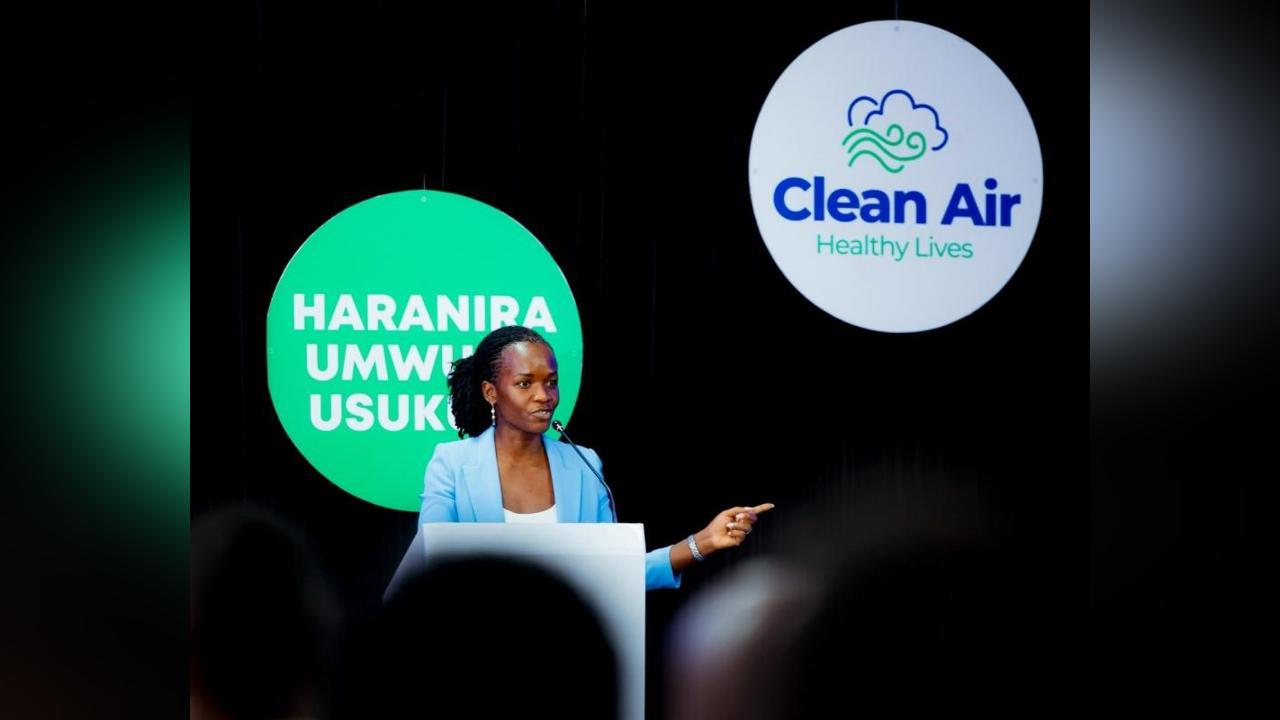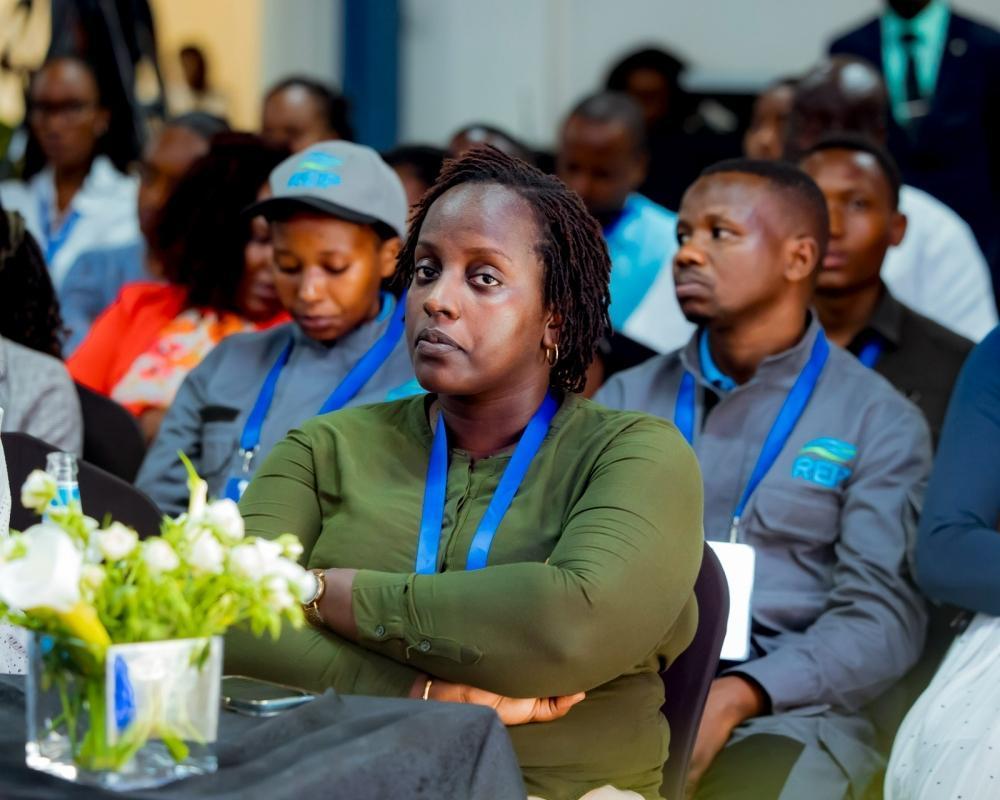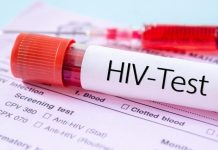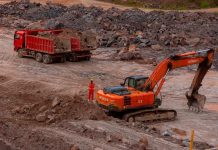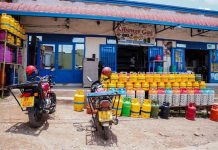Africa-Press – Rwanda. Scientists are calling for a nationwide air quality and noise pollution monitoring network to track harmful pollutants and guide stronger policy measures to protect public health.
By 2030, Rwanda seeks to reduce carbon emissions by 38 per cent.
The current leading sources of air pollutants in Rwanda include industrial emissions, vehicle exhausts, cooking using wood and charcoal, among others.
Jean-Rémy Kubwimana, an environmental researcher, said air and noise pollution in Kigali City and other parts of the country need improved monitoring systems and policy interventions to protect public health and urban ecosystems.
Jean-Rémy Kubwimana, an environmental researcher,
His study focused on measuring fine particulate matter (PM2.5), black carbon, and nitrogen oxides (NOx) — key pollutants known to impact respiratory and cardiovascular health.
The findings, presented on Wednesday, September 17, revealed that air pollution concentrations are highest near the city centre, major roads, and commercial, business, and industrial zones.
“Pollution levels show a clear pattern,” Kubwimana explained.
“During the dry months of June to August, air quality worsens, while the rainy seasons from March to May and October to November see a noticeable drop in pollutant levels.”
The research also highlighted significant noise pollution, especially in traffic-dense areas and the bustling city centre.
Measured levels often exceeded the residential daytime noise limit of 55 decibels, he noted.
“Approximately 21% of Kigali’s population is exposed to daytime noise above safe levels, and 13% at night, which poses potential health risks such as sleep disturbances, stress, and hearing damage,” he said.
Kubwimana raised concerns over the limited air quality monitoring infrastructure in Rwanda and across the African continent.
“Africa significantly lags behind in air pollution monitoring capacity,” he noted.
Delegates follow Minister Arakwiye’s remarks at the event
“In Rwanda, the sparse network of ground-based sensors makes it difficult to conduct comprehensive analyses or develop targeted interventions.”
To address these challenges, the scientists proposed a comprehensive set of recommendations.
These include expanding Rwanda’s air quality monitoring network to include more urban and rural locations, accelerating adoption of clean energy and electric vehicles to reduce emissions, promoting clean cooking technologies, enhancing urban greening efforts, as well as strengthening vehicle emissions inspections to reduce traffic-related pollution.
“There is a need for increased investment in health impact assessments, pollution source-tracing, and exposure science,” he said, emphasising that policy must be guided by robust data and community engagement.
“Tackling environmental pollution is not a one-entity job. It requires collaboration between government, academia, civil society, and international partners. Investing in monitoring, data analysis, and public education is essential if we want to create a healthier, more sustainable future for all Rwandans,” he added.
Speaking during the International Day of Clean Air for Blue Skies and the International Day for the Preservation of the Ozone Layer, the Minister of Environment, Bernadette Arakwiye, said:“Rwanda is investing to improve air quality. We launched an enhanced, state-of-the-art Vehicle Emission Inspection Programme that uses advanced technology to identify highly polluting vehicles while guiding drivers towards cleaner practices.”
More air monitoring stations in offing
Every district will have air quality monitoring stations by the end of 2025, according to the Rwanda Environment Management Authority (REMA).
According to REMA, currently, there are 16 operating air quality monitoring stations in 13 districts. The plan is to set up at least 26 more stations in other districts countrywide.
“Assessments are being done to choose which areas the stations will be set up in, as some districts will have more than one station due to these assessments. But all districts will have air monitoring stations providing real-time data by the end of the year,” a REMA statement said earlier this year.
For More News And Analysis About Rwanda Follow Africa-Press

